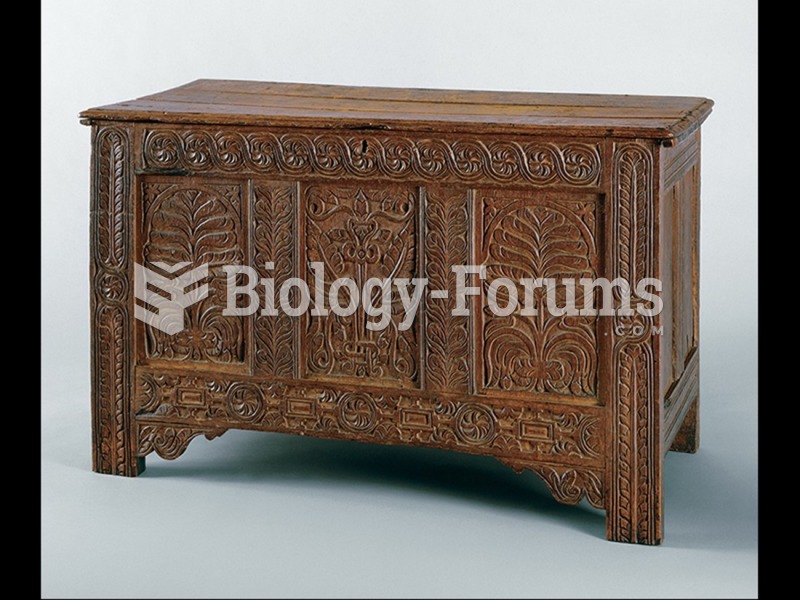Answer to Question 1
Before creating a brochure, use the following guidelines to help you communicate ethically and responsibly:
a . Is the information stated as truthfully, honestly, and fairly as possible?
You should recognize that ensuring a free flow of essential information is in the interest of the public and AZ Consultancy Services. At the personal level, honor, honesty, and credibility can help build strong, long-lasting relationships that contribute to the long-term success of the company. Sending complete, accurate, and timely information regardless of whether it supports your interests will help you build credibility.
b. Does the message embellish or exaggerate the facts?
Legal guidelines related to advertising provide clear guidance for avoiding fraud, the misrepresentation of products or services; however, overzealous sales representatives or imaginative writers can use language skillfully to create less-than-accurate perceptions in the minds of receivers.
c. Are the ideas expressed clearly and understandably?
If the message is to be seen as honest, you must be reasonably confident that the receiver can understand it. Ethical communicators select words that convey the exact meaning intended and that are within the reader's vocabulary.
d. Is your viewpoint supported with objective facts?
Are facts accurately documented to allow the reader to judge the credibility of the source and to give credit where credit is due? Can opinions be clearly distinguished from facts? Have you evaluated honestly any real or perceived conflict of interest that could prevent you from preparing an unbiased message?
e. Are ideas stated with tact and consideration that preserve the receiver's self-worth?
Ego-destroying criticism, excessive anger, sarcasm, hurtful nicknames, betrayed secrets, rumors, and malicious gossip pose serious ethical problems in the workplace because they can ruin reputations, humiliate, and damage a person's self-worth. Serious legal issues arise when negative statements are false, constituting defamation. Written defamatory remarks are referred to as libel, and similar spoken remarks are referred to as slander. If you choose to make negative statements, be sure the facts in question are supported.
f. Are graphics carefully designed to avoid distorting facts and relationships?
Communicating ethically involves reporting data as clearly and accurately as possible. Misleading graphics result either from developers' deliberate attempt to confuse an audience or from their lack of expertise in constructing ethical graphics.
Answer to Question 2
F







